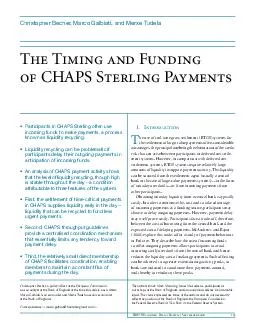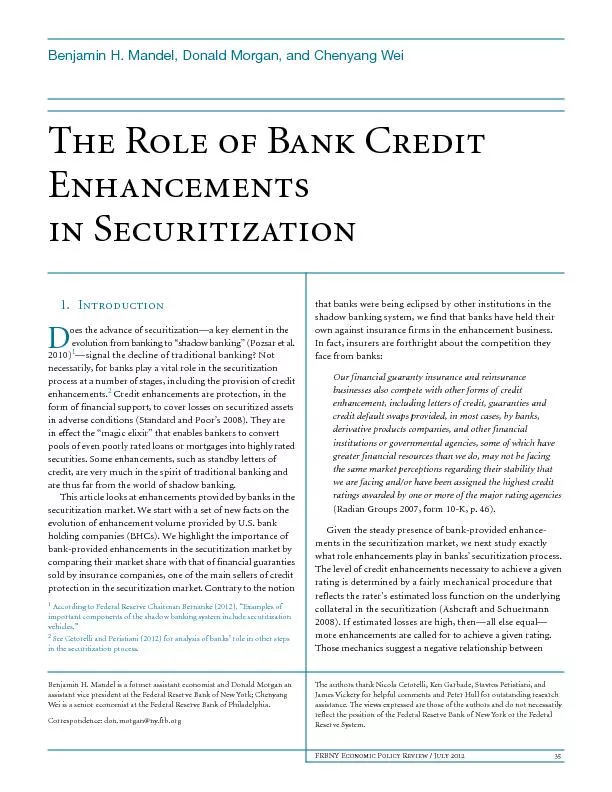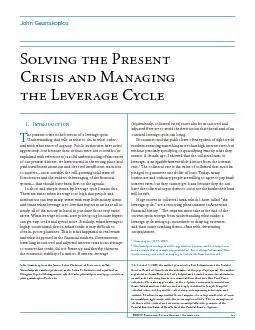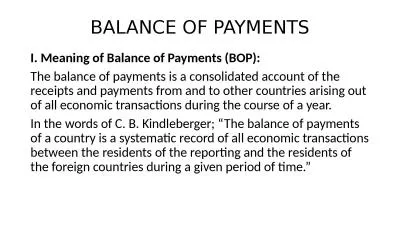PDF-FRBNY Economic Policy Review September The Timing and Funding of CHAPS Sterling Payments
Author : kittie-lecroy | Published Date : 2015-03-04
Introduction he use of realtime gross settlement RTGS systems for the settlement of largevalue payments offers considerable advantages the principal one bein g the
Presentation Embed Code
Download Presentation
Download Presentation The PPT/PDF document "FRBNY Economic Policy Review September ..." is the property of its rightful owner. Permission is granted to download and print the materials on this website for personal, non-commercial use only, and to display it on your personal computer provided you do not modify the materials and that you retain all copyright notices contained in the materials. By downloading content from our website, you accept the terms of this agreement.
FRBNY Economic Policy Review September The Timing and Funding of CHAPS Sterling Payments: Transcript
Download Rules Of Document
"FRBNY Economic Policy Review September The Timing and Funding of CHAPS Sterling Payments"The content belongs to its owner. You may download and print it for personal use, without modification, and keep all copyright notices. By downloading, you agree to these terms.
Related Documents














